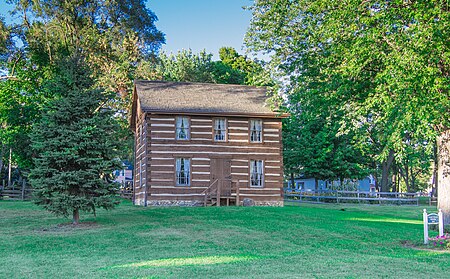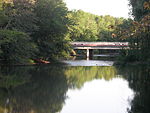Advent Historic District
Colonial Revival architecture in MichiganLate 19th and Early 20th Century American Movements architectureNational Register of Historic Places in Calhoun County, Michigan

The Advent Historic District is a residential historic district, roughly bounded by North Washington Avenue, Champion Street, Hubbard Street, and Greenwood Avenue, in Battle Creek, Michigan. The district encompasses the heart of the former village of Washington Heights, which was developed as a by-product of the growth of the Seventh-day Adventist Church in the area during the last half of the nineteenth and the early part of the twentieth. The area was annexed into Battle Creek in 1926. It was listed on the National Register of Historic Places in 1994.
Excerpt from the Wikipedia article Advent Historic District (License: CC BY-SA 3.0, Authors, Images).Advent Historic District
Oaklawn Avenue, Battle Creek
Geographical coordinates (GPS) Address Nearby Places Show on map
Geographical coordinates (GPS)
| Latitude | Longitude |
|---|---|
| N 42.33 ° | E -85.195277777778 ° |
Address
Oaklawn Avenue 116
49037 Battle Creek
Michigan, United States
Open on Google Maps








